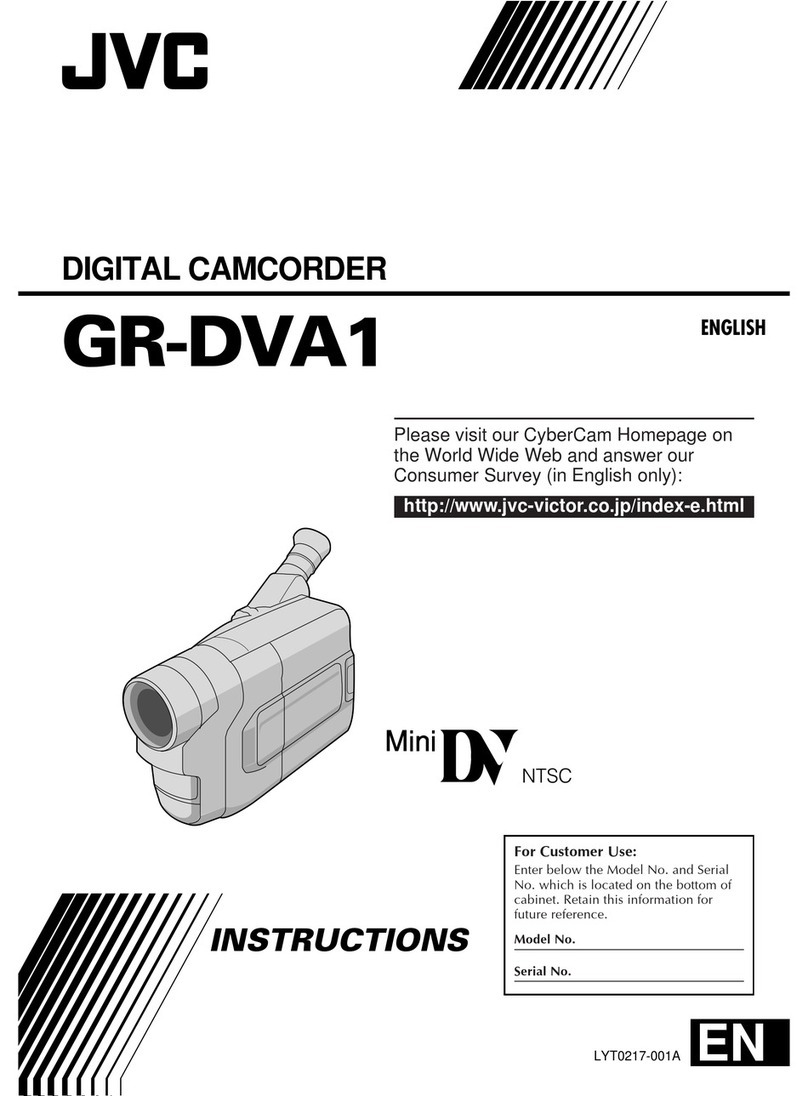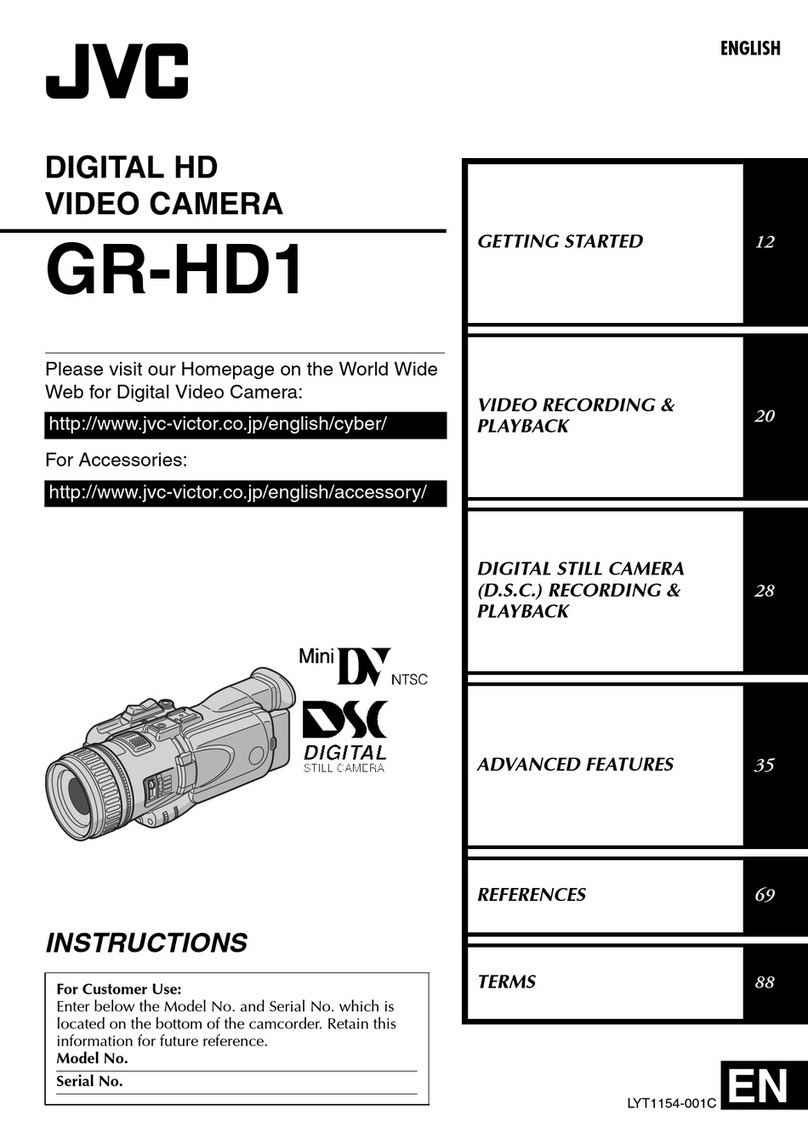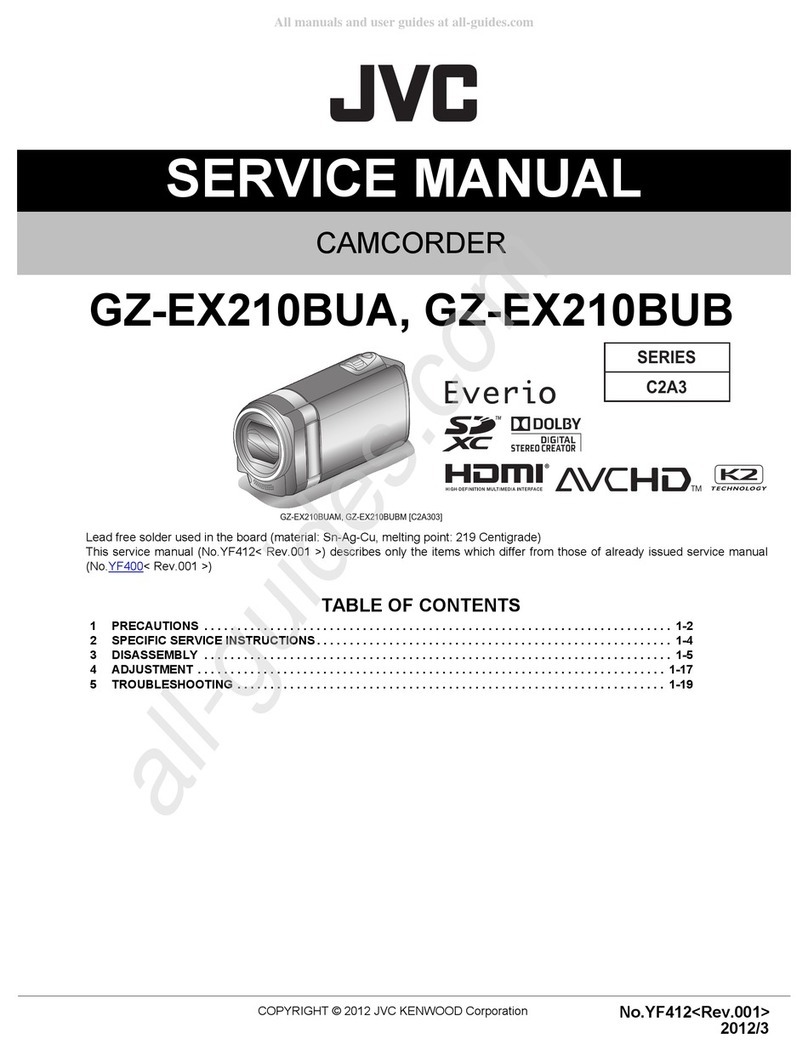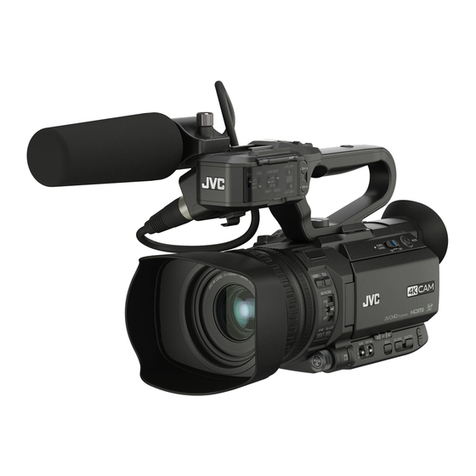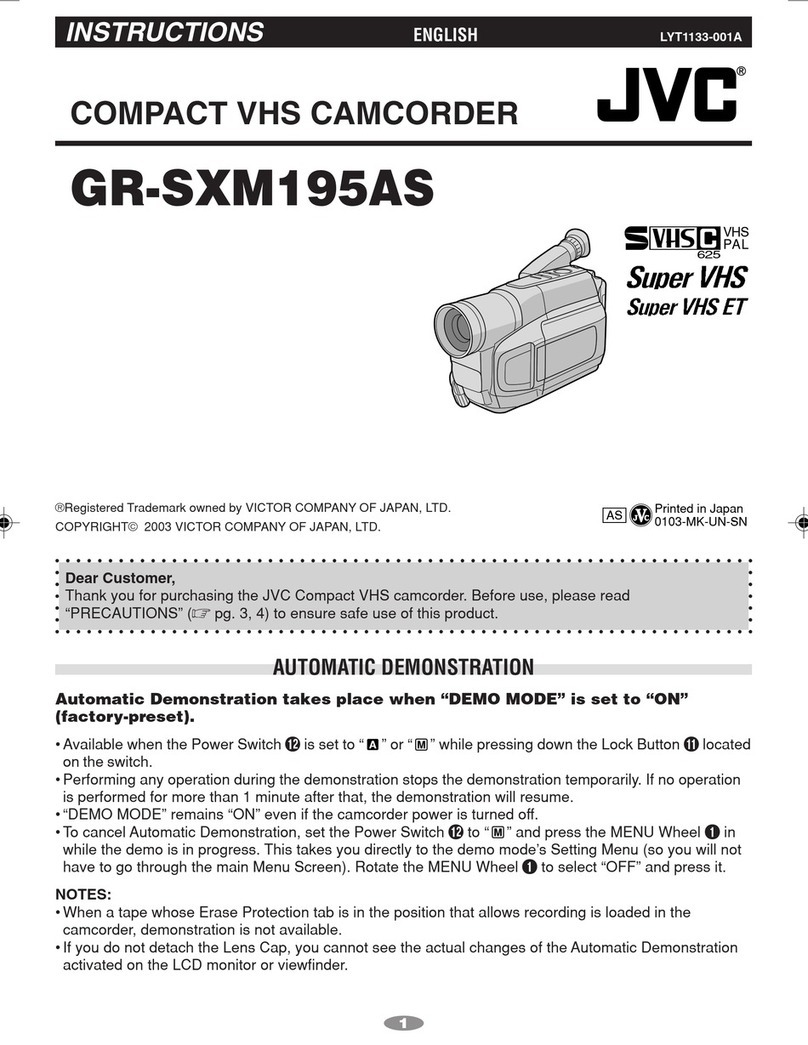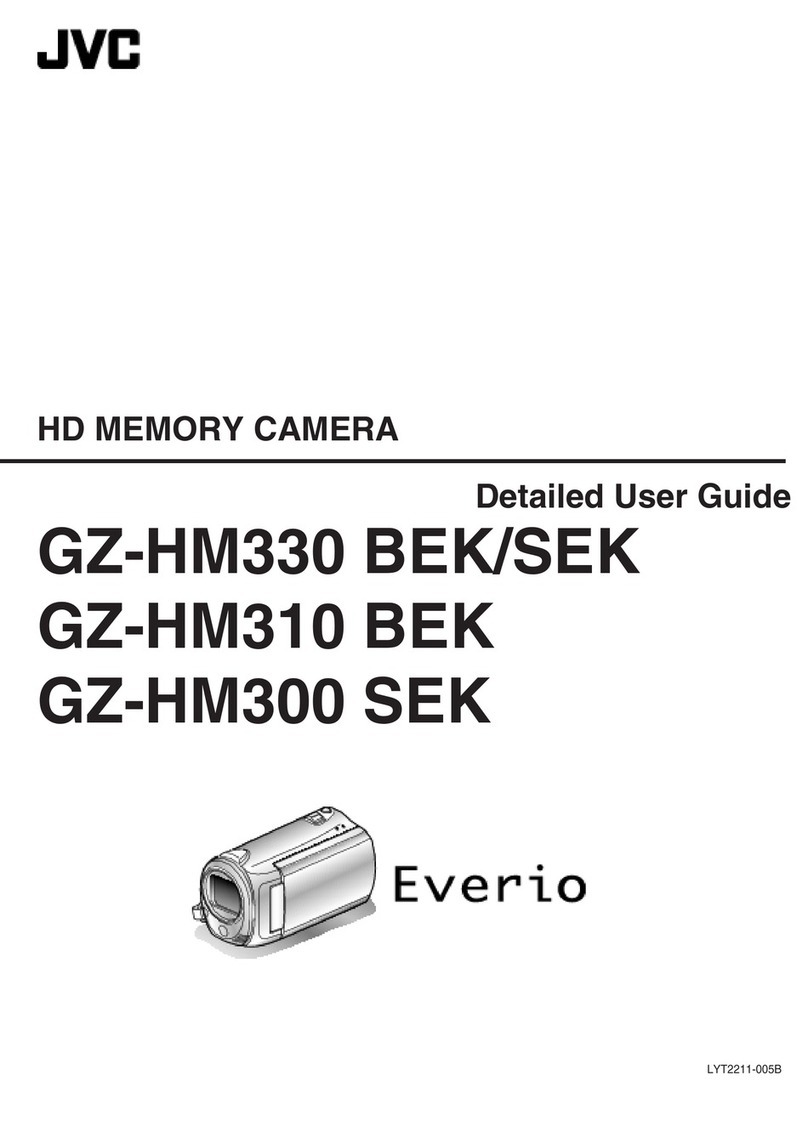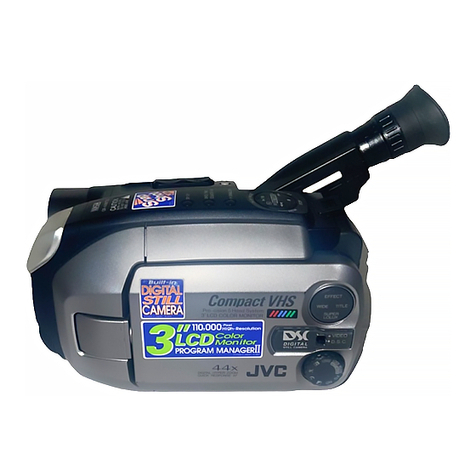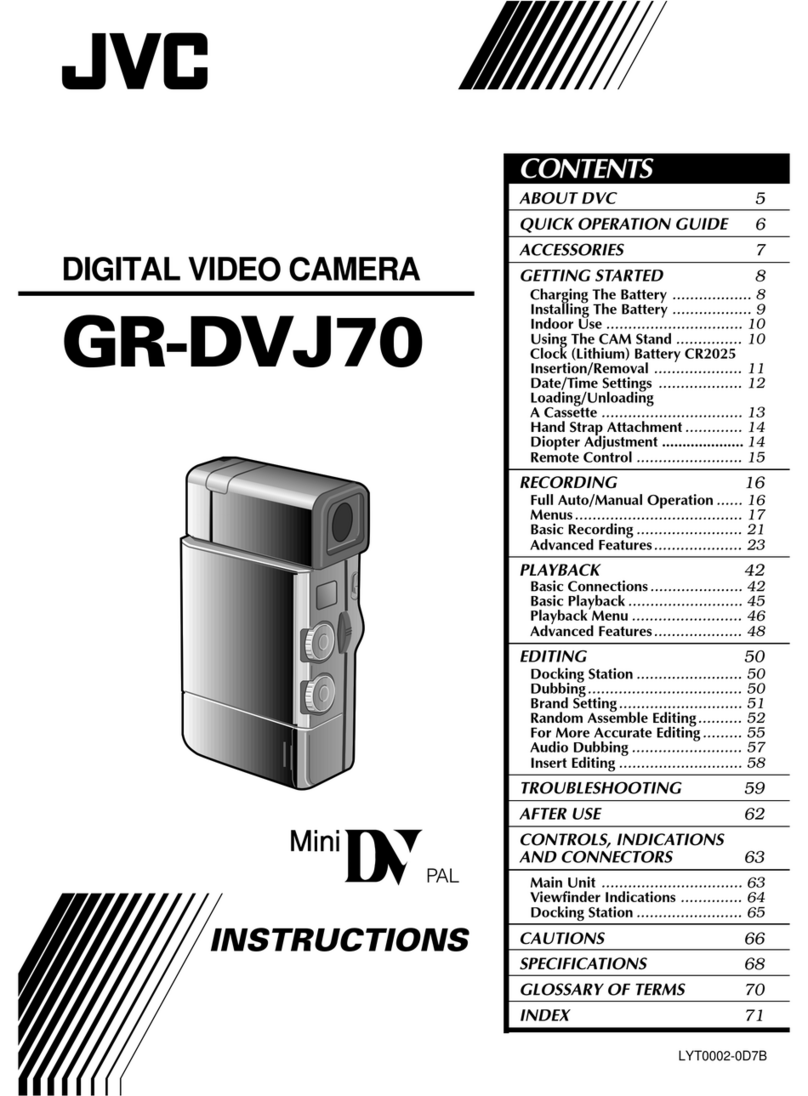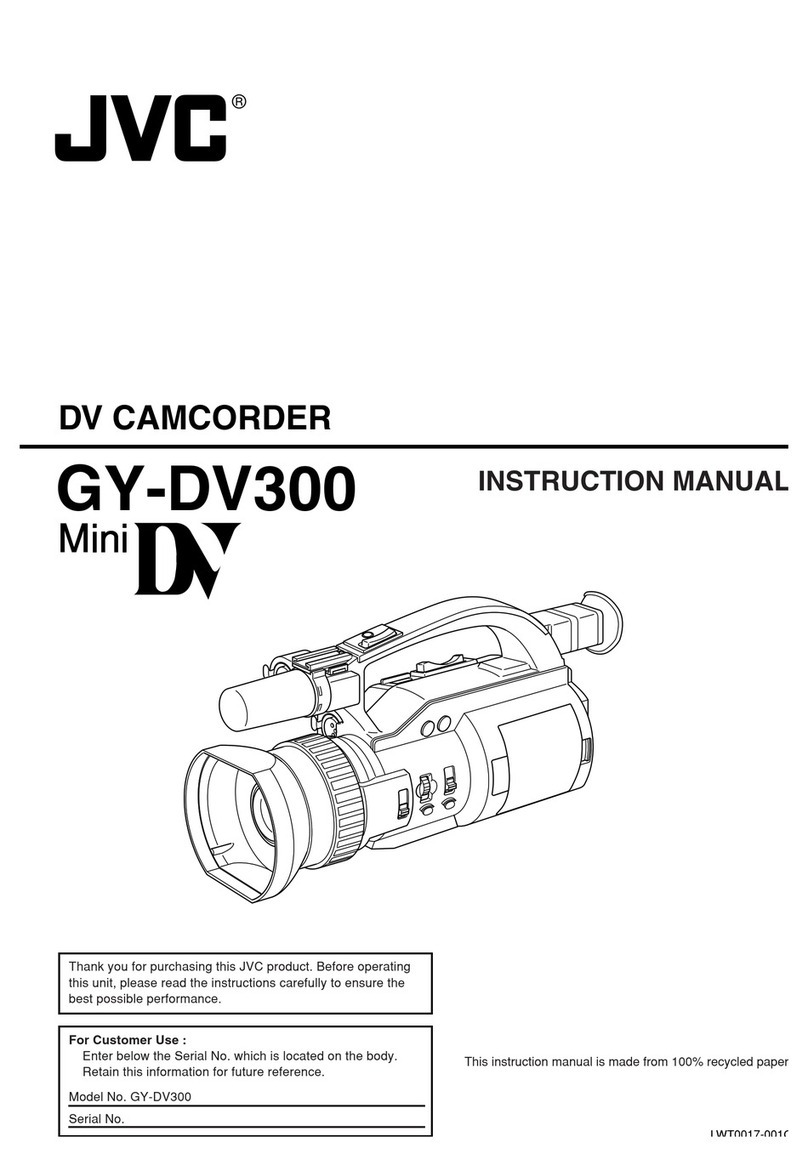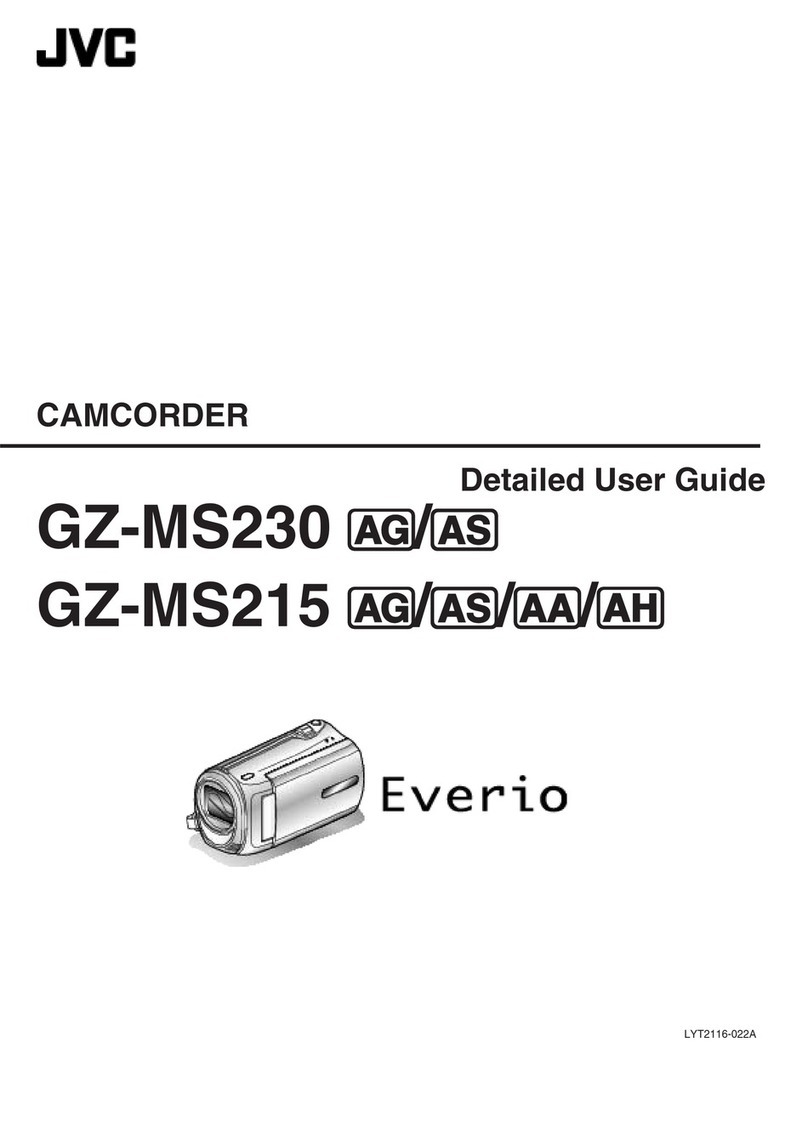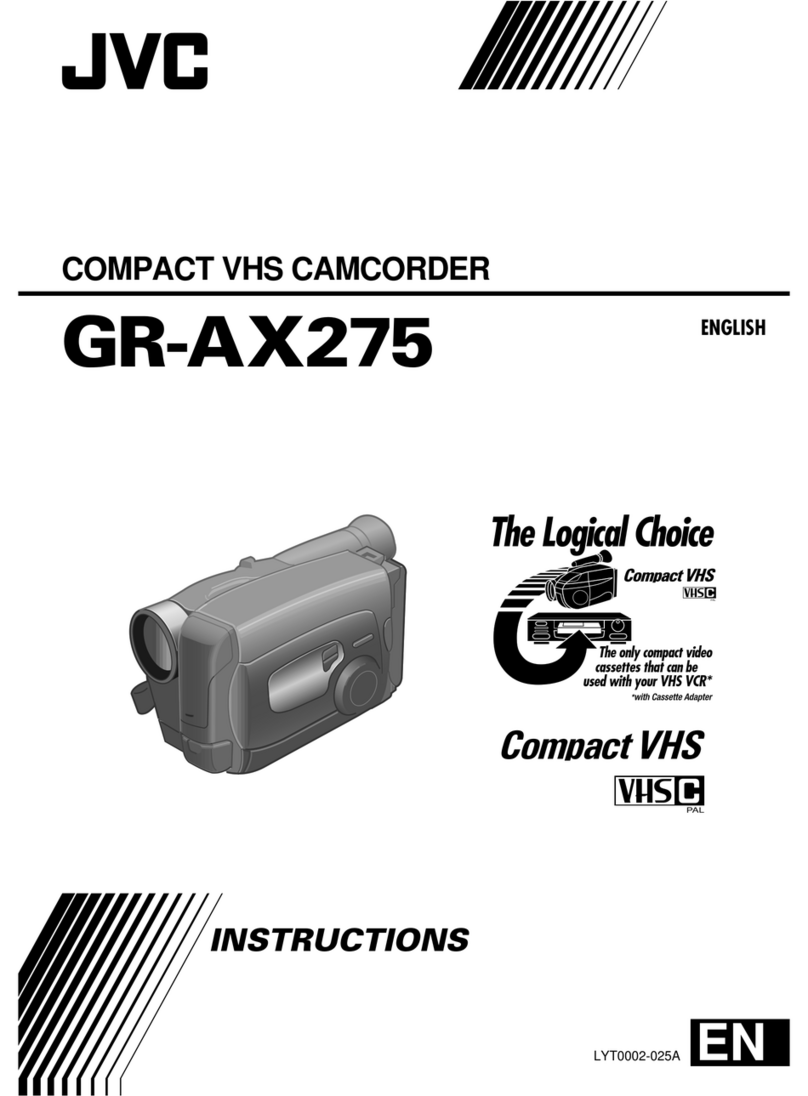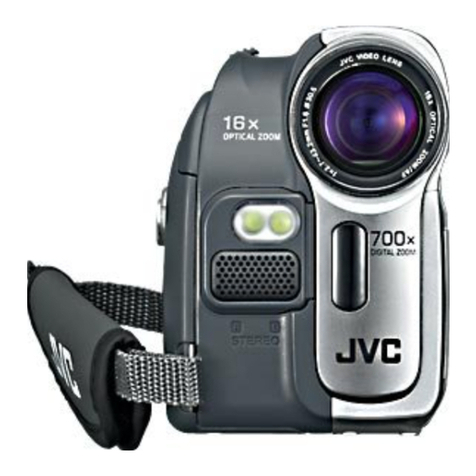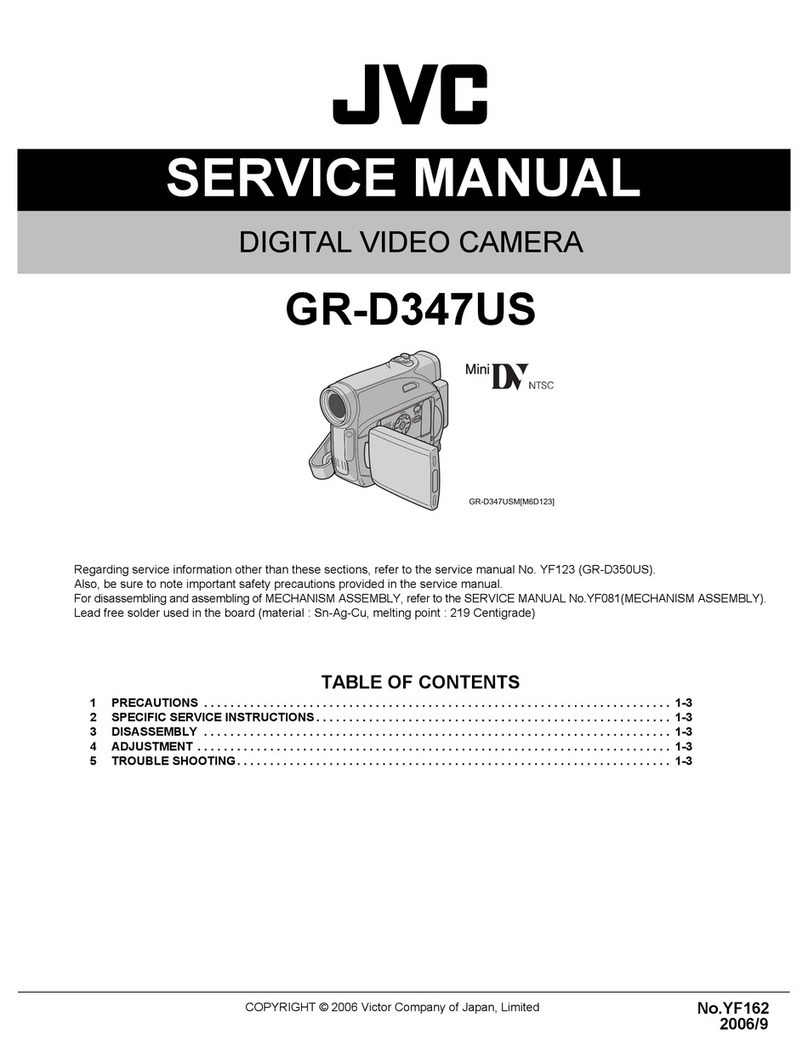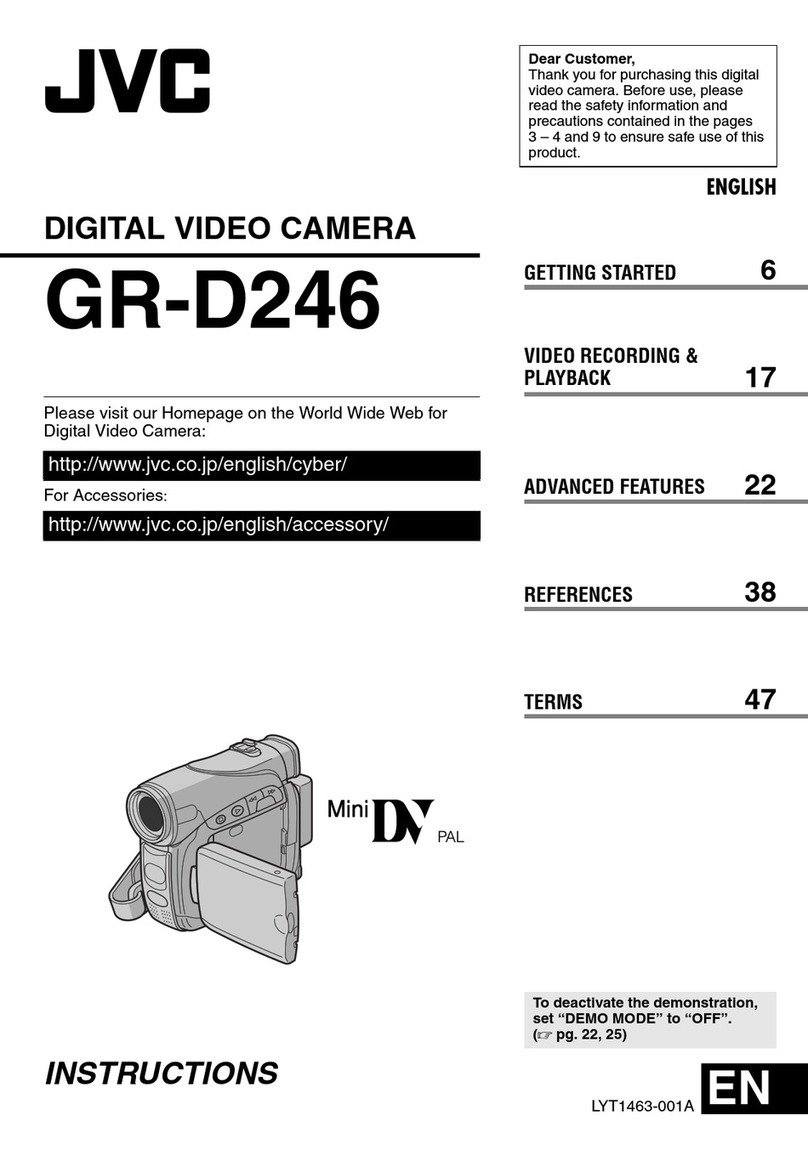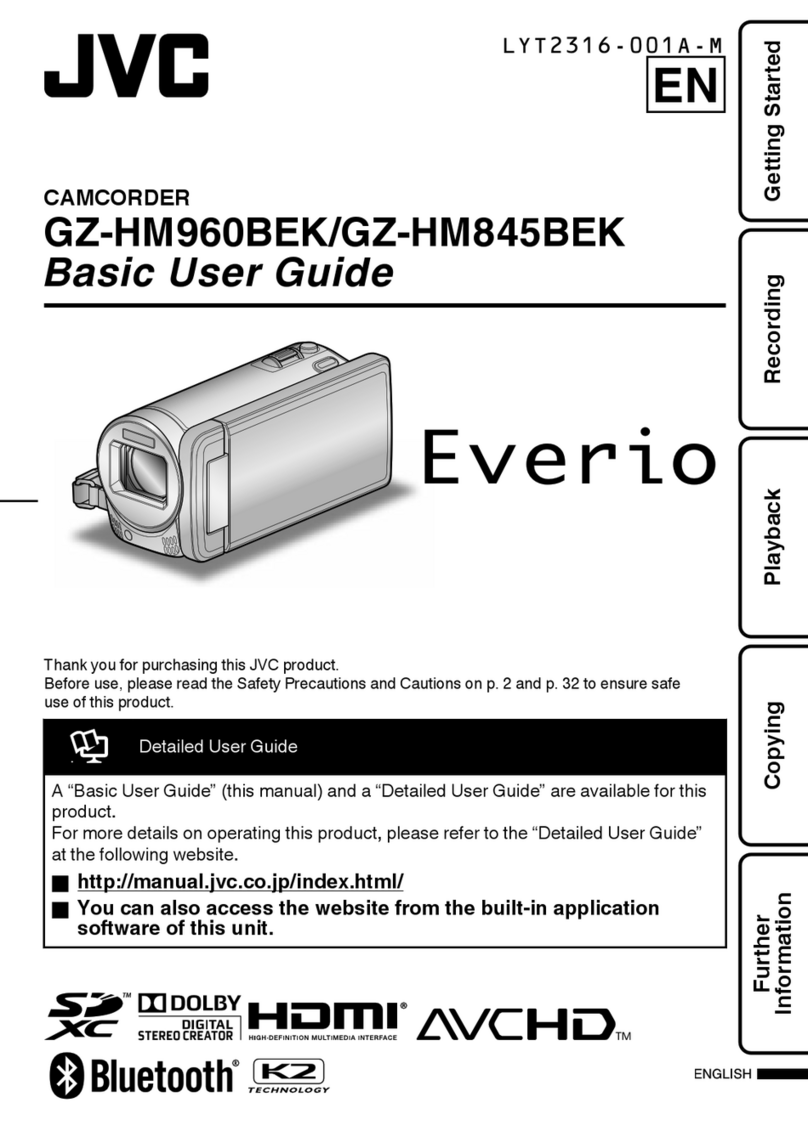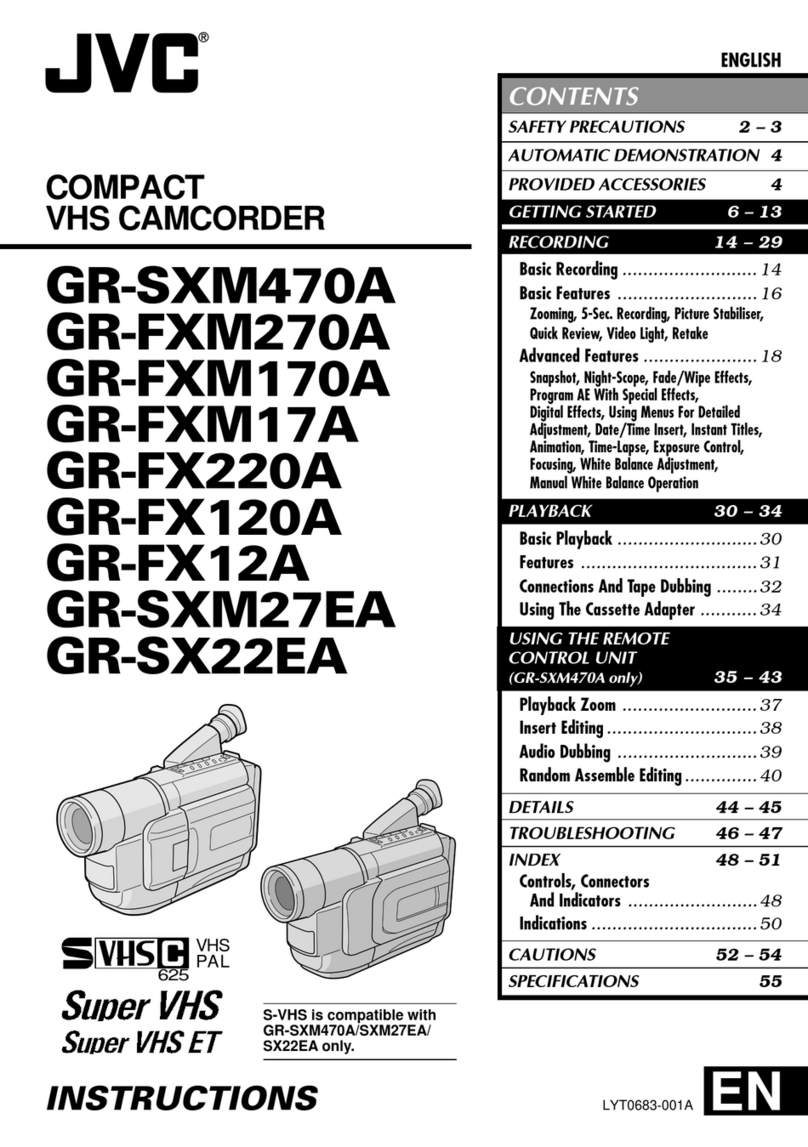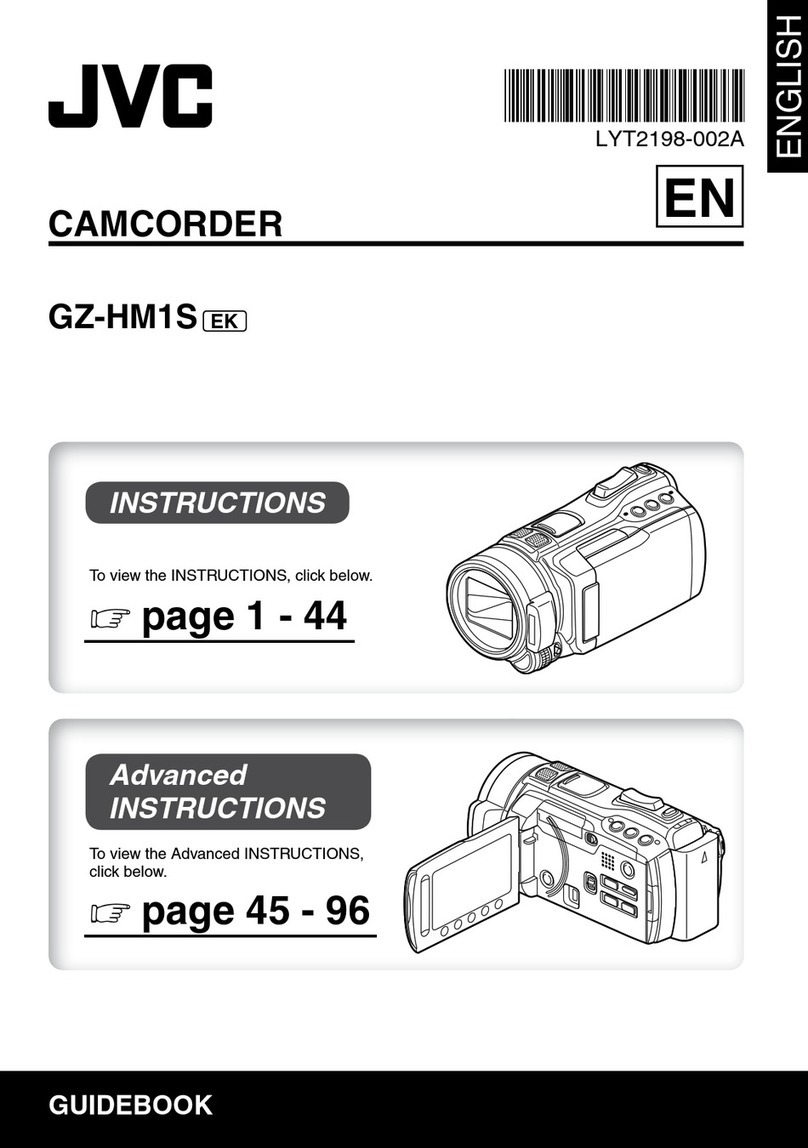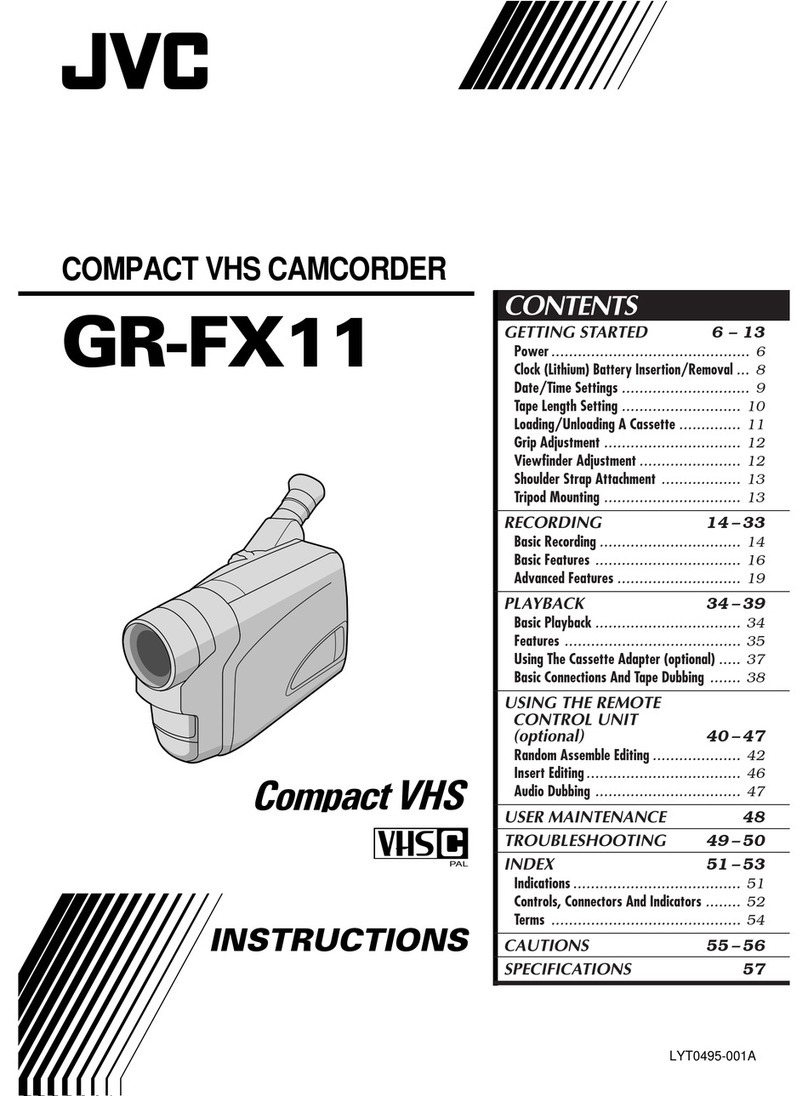
Important Safety Precautions
INSTRUCTIONS
1. DISASSEMBLY
1.1 BEFORE ASSEMBLY AND DISASSEMBLY ......................... 1-1
1.1.1 Precautions ..................................................................... 1-1
1.1.2 Assembly and disassembly ............................................ 1-1
1.1.3 Destination of connectors ............................................... 1-1
1.1.4 Disconnection of connectors (Wires) .............................. 1-1
1.2 JIGS AND TOOLS REQUIRED FOR DISASSEMBLY,
ASSEMBLY AND ADJUSTMENT ......................................... 1-2
1.2.1 Tools required for adjustments ........................................ 1-2
1.3 DISASSEMBLY/ASSEMBLY OF CABINET PARTS AND
BOARD ASSEMBLY ............................................................. 1-2
1.3.1 Disassembly flow chart ................................................... 1-2
1.3.2 Disassembly method ...................................................... 1-3
1.4 $MONITOR ASSEMBLY ..................................................... 1-9
1.4.1
Disassembly/assembly of monitor assembly (for 2.5”-type LCD) .
1-9
1.4.2
Disassembly/assembly of hinge assembly (for 2.5”-type LCD) .
1-9
1.5 #E. VF ASSEMBLY (B/W) ................................................. 1-10
1.5.1
Disassembly/assembly of E.VF ASSEMBLY (for the B/W VF) ..
1-10
1.6
DISASSEMBLY/ASSEMBLY OF
5
OP BLOCK ASSEMBLY/
CCD BOARD ASSEMBLY ................................................... 1-11
1.6.1 Precautions ................................................................... 1-11
1.6.2 How to remove CCD board assembly and
CCD base assembly ..................................................... 1-11
1.6.3 How to assemble CCD base assembly and
CCD board assembly .................................................... 1-11
1.6.4 Replacement of Service Repair Parts .......................... 1-11
1.7 EMERGENCY DISPLAY ..................................................... 1-12
1.8 SERVICE NOTE .................................................................. 1-13
2. MECHANISM ADJUSTMENT
2.1
PRELIMINARY REMARKS ON ADJUSTMENT AND REPAIR ..
2-1
2.1.1 Precautions ..................................................................... 2-1
2.1.2 Notes on procedure for disassemby/assembly ............... 2-1
2.2 JIGS AND TOOLS REQUIRED FOR DISASSEMBLY,
ASSEMBLY AND ADJUSTMENT ......................................... 2-2
2.2.1 Tools required for adjustments ........................................ 2-2
2.3 DISASSEMBLY/ASSEMBLY OF MECHANISM ASSEMBLY 2-3
2.3.1 General statement .......................................................... 2-3
2.3.2 Explanation of mechanism mode ................................... 2-3
2.3.3 Mechanism timing chart .................................................. 2-4
2.4 DISASSEMBLY/ASSEMBLY OF MECHANISM ASSEMBLY 2-5
2.4.1 Follow chart .................................................................... 2-5
2.4.2 Disassembly/assembly ................................................... 2-8
2.4.3 List of procedures for disassembly ............................... 2-14
2.5
CHECKUP AND ADJUSTMENT OF MECHANISM PHASE ....
2-15
2.6 MECHANISM ADJUSTMENTS .......................................... 2-16
2.6.1
Assembling slide deck assembly and main deck assembly .
2-16
2.6.2 Locating tension pole .................................................... 2-17
2.7 SERVICE NOTE .................................................................. 2-18
2.8 COMPATIBILITY ADJUSTMENT ........................................ 2-20
2.8.1 Jig connector cable connection .................................... 2-20
2.8.2 Tape pattern check ....................................................... 2-21
TABLE OF CONTENTS
Section Title Page Section Title Page
3. ELECTRICAL ADJUSTMENT
3.1 PRECAUTION ....................................................................... 3-1
3.2 SETUP .................................................................................. 3-2
4. CHARTS AND DIAGRAMS
NOTES OF SCHEMATIC DIAGRAM .......................................... 4-1
CIRCUIT BOARD NOTES ........................................................... 4-2
4.1 BOARD INTERCONNECTIONS ........................................... 4-3
4.2
MAIN IF SCHEMATIC DIAGRAM ............................................... 4-5
4.3 SYSCON SCHEMATIC DIAGRAM ............................................. 4-7
4.4 D.CPU SCHEMATIC DIAGRAM ................................................. 4-9
4.5 MDA SCHEMATIC DIAGRAM .................................................. 4-11
4.6 AUDIO SCHEMATIC DIAGRAM ............................................... 4-13
4.7 DVMAIN SCHEMATIC DIAGRAM ............................................ 4-15
4.8 PRE/REC SCHEMATIC DIAGRAM .......................................... 4-17
4.9 V OUT SCHEMATIC DIAGRAM ............................................... 4-19
4.10 DSP SCHEMATIC DIAGRAM ................................................ 4-21
4.11 MONI IF SCHEMATIC DIAGRAM .......................................... 4-23
4.12 OP.DRV SCHEMATIC DIAGRAM .......................................... 4-25
4.13 TG SCHEMATIC DIAGRAM ................................................... 4-27
4.14 REG SCHEMATIC DIAGRAM ................................................ 4-29
4.15 MONITOR SCHEMATIC DIAGRAM ....................................... 4-31
4.16 LCD BL SCHEMATIC DIAGRAM ........................................... 4-33
4.17 CCD SCHEMATIC DIAGRAM ................................................ 4-35
4.18 JUNCTION SCHEMATIC DIAGRAM ..................................... 4-36
4.19 JACK SCHEMATIC DIAGRAM .............................................. 4-37
4.20 B/W VF SCHEMATIC DIAGRAM ........................................... 4-39
4.21 MAIN CIRCUIT BOARD ......................................................... 4-41
4.22 MONITOR CIRCUIT BOARD ................................................. 4-47
4.23 LCD BL CIRCUIT BOARD ...................................................... 4-49
4.24 CCD, VF AND JUNCTION CIRCUIT BOARDS ..................... 4-51
4.25 JACK CIRCUIT BOARD ......................................................... 4-53
4.26 VOLTAGE CHARTS ............................................................... 4-55
4.27 POWER SYSTEM BLOCK DIAGRAM ................................... 4-57
4.28 VIDEO SYSTEM BLOCK DIAGRAM ...................................... 4-59
4.29 REGULATOR SYSTEM BLOCK DIAGRAM .......................... 4-63
5. PARTS LIST
5.1 PACKING AND ACCESSORY ASSEMBLY <M1> ............... 5-1
5.2 FINAL ASSEMBLY <M2> ..................................................... 5-3
5.3 MECHANISM ASSEMBLY <M3> ......................................... 5-6
5.4 ELECTRONIC VIEWFINDER ASSEMBLY <M4> ................ 5-8
5.5 MONITOR ASSEMBLY <M5> .............................................. 5-9
5.6 ELECTRICAL PARTS LIST ................................................. 5-10
MAIN BOARD ASSEMBLY <01> ........................................... 5-10
MONITOR BOARD ASSEMBLY <02> .................................... 5-17
LCD BL BOARD ASSEMBLY <03> ........................................ 5-18
CCD BOARD ASSEMBLY <04> ............................................. 5-19
JUNCTION BOARD ASSEMBLY <05> .................................. 5-19
JACK BOARD ASSEMBLY <06> ........................................... 5-19
B/W VF BOARD ASSEMBLY <08> ........................................ 5-19
